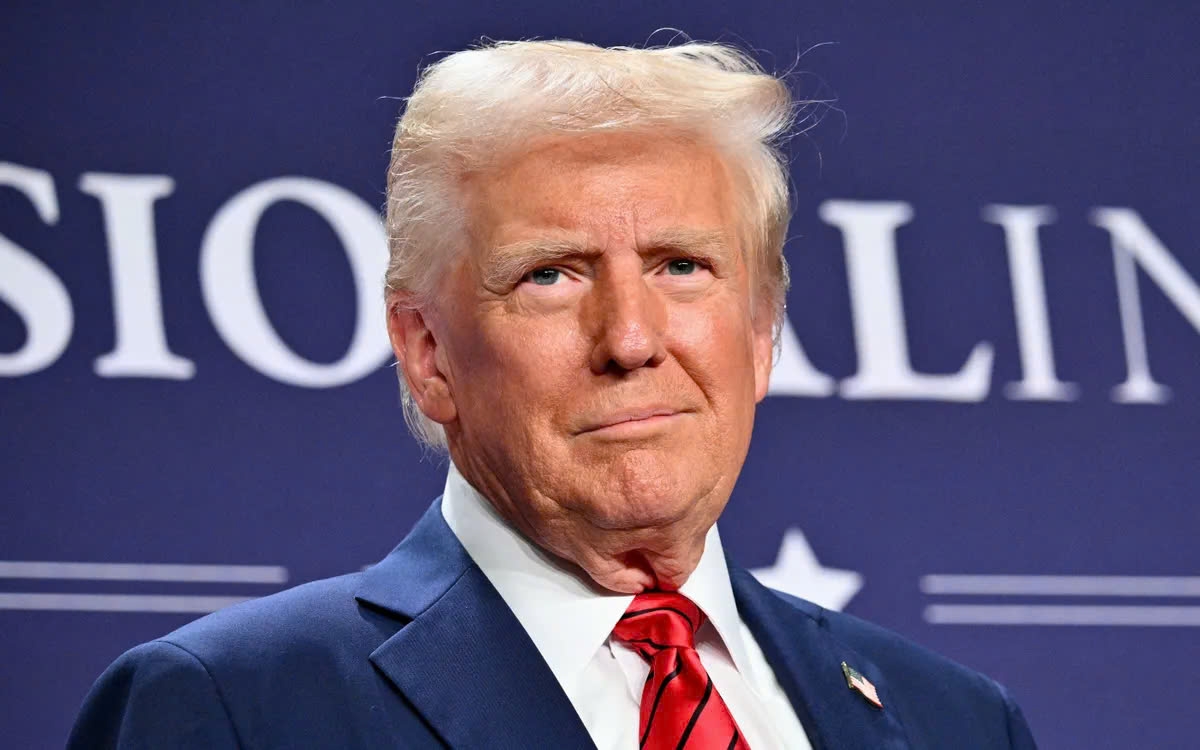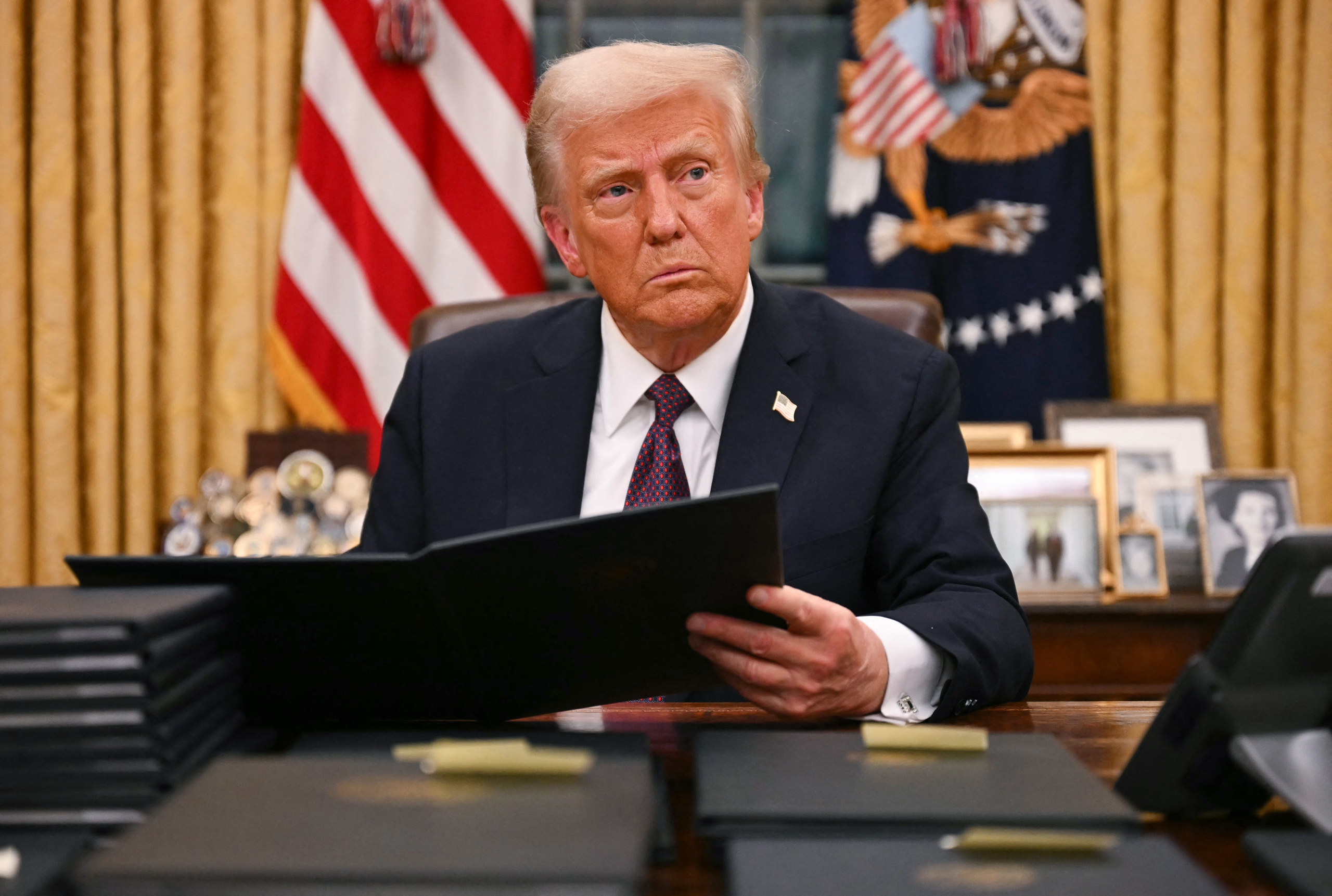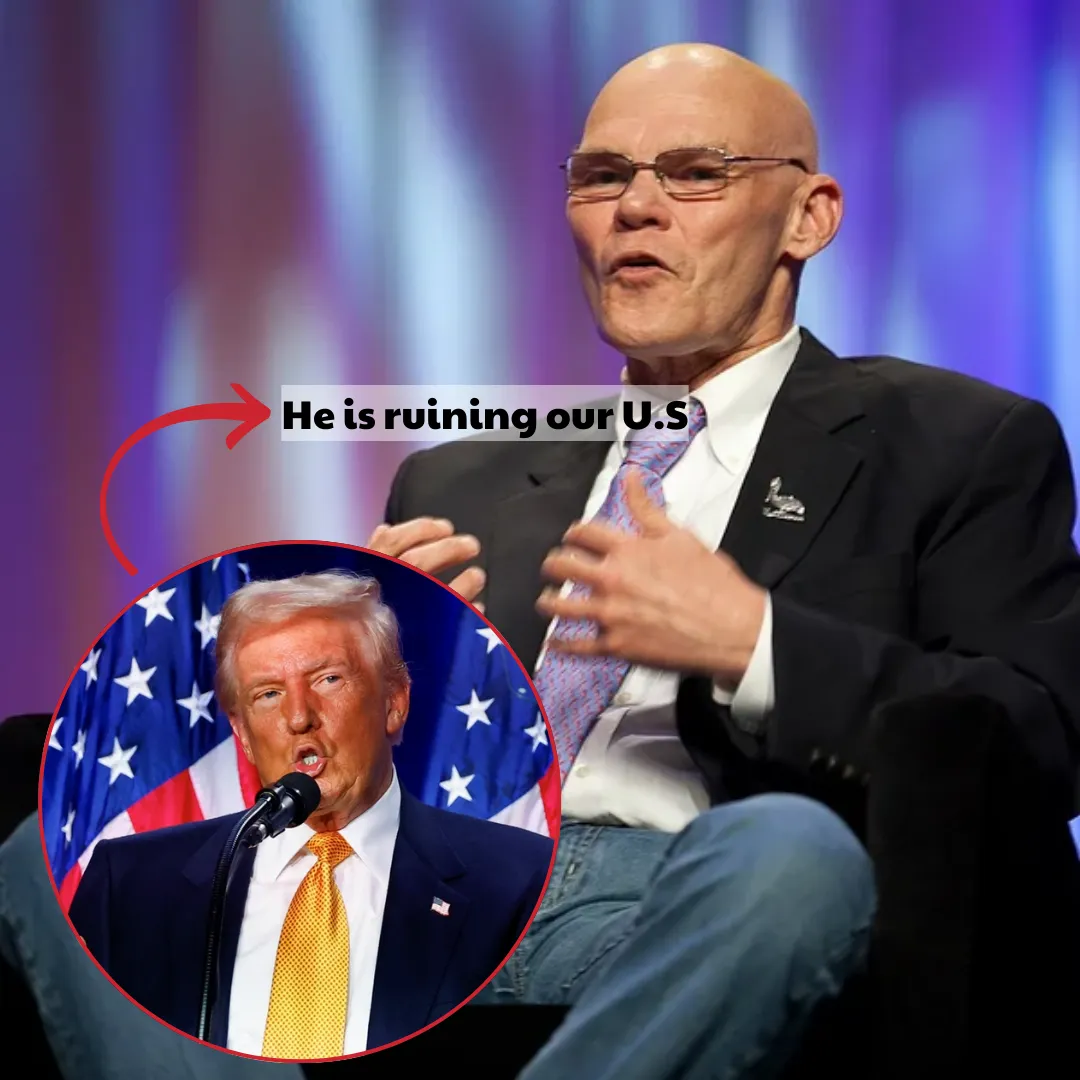
President Donald Trump is poised to take a bold step toward fulfilling one of his major campaign promises by signing an executive order on Thursday to begin the process of dismantling the U.S. Department of Education. This move marks a significant shift in the landscape of American education, as Trump seeks to shift control of education from the federal government back to individual states and local communities.
The anticipated signing of the executive order will take place at a White House event, where Trump will be joined by Republican governors, state education officials, and schoolchildren. According to White House spokesperson Harrison Fields, the purpose of the executive order is to “expand educational opportunities,” giving parents, states, and communities greater control over their educational systems.
This vision is in line with Trump’s broader agenda of limiting federal influence and decentralizing authority, which has been a consistent theme throughout his presidency.

While the executive order itself will initiate the process of shutting down the Department of Education, fully closing the agency would require action from Congress. The order will direct Secretary Linda McMahon to take all necessary steps to facilitate the department's closure and transfer educational oversight to state governments. This marks a radical departure from the current federal model, which has maintained significant control over educational policy for decades.
The core of Trump’s plan is to return educational authority to the states, giving them more flexibility in determining how they allocate resources, set standards, and manage their school systems. By dismantling the Department of Education, Trump aims to reduce what he and his supporters see as excessive federal interference in local education, allowing for a more tailored approach to the needs of individual communities.
Trump has long criticized the federal government’s involvement in education, viewing it as an overreach that stifles local control and innovation. On the campaign trail, he promised to take steps to eliminate the Department of Education, describing it as a bloated bureaucracy that hinders the ability of states and localities to make decisions that reflect the values and priorities of their citizens.

“The Department of Education is a symbol of federal overreach,” Trump said in a statement earlier this year. “We need to give parents and local communities the power to make decisions that will benefit their children’s future.”
Despite the ambitious goal of dismantling the Department of Education, the executive order is not expected to immediately affect federal funding for education. According to administration officials, critical funding programs, such as those designed to support students with disabilities under the Individuals with Disabilities Education Act (IDEA) and Title I funding for low-income schools, will remain intact.
Additionally, the order will not impact federal student loan programs, providing some reassurance to students who rely on these resources to finance their education.
However, the long-term impact of dismantling the department remains uncertain. While federal funding for certain programs will continue, there are concerns that state governments may not be able or willing to fill the gap left by the loss of federal oversight.

Critics of the plan argue that reducing federal involvement in education could exacerbate inequalities between states, leading to disparities in the quality of education provided to students based on where they live.
As states gain more control over education, there is a risk that wealthier districts will continue to thrive, while poorer areas may struggle to provide adequate resources and support. This could have particularly negative consequences for students in rural and inner-city schools, who may face a lack of access to the same opportunities and services as their peers in more affluent areas.
Trump’s plan has sparked a backlash from education advocates, who argue that dismantling the Department of Education will harm students, especially those in underserved communities. The National Education Association (NEA), one of the largest teachers' unions in the U.S., has been particularly vocal in its opposition to the move.
Becky Pringle, president of the NEA, issued a statement condemning the executive order, accusing Trump of prioritizing tax cuts for the wealthy over the future of public education. “Donald Trump and his allies are tearing apart our public schools and putting the futures of 50 million students at risk,” Pringle said. “This is nothing more than an attempt to dismantle our public education system to benefit billionaires and corporations.”

Pringle argued that the move would lead to larger class sizes, cuts to job training programs, and higher costs for higher education, making it more difficult for middle-class families to afford college. She also warned that the loss of federal oversight could lead to a reduction in special education services for students with disabilities and a weakening of student civil rights protections.
Trump’s executive order comes amid a broader political climate in which federal involvement in education has become a contentious issue. For years, conservative lawmakers and policy experts have argued that education is best managed at the local level, where schools and communities can make decisions that reflect the unique needs and values of their populations.
Trump’s decision to take action on the Department of Education is also part of a larger pattern of using executive orders to bypass Congress and push through policies that align with his ideological agenda. This approach has led to increasing tension between the executive branch and Congress, with opponents accusing Trump of overstepping his constitutional authority.

Legal challenges are already being prepared by education advocates who oppose the decision, with some arguing that dismantling the Department of Education would violate the Constitution’s guarantee of equal protection and access to education for all students.
The implications of dismantling the Department of Education extend far beyond the immediate impact on federal funding and policy. The shift in responsibility to state governments will likely result in significant changes to the way education is structured and delivered across the country.
Some states may embrace the opportunity to implement innovative and progressive reforms, while others may struggle to meet the needs of their students.
The long-term consequences of this shift are difficult to predict, but it is clear that the move will transform the educational landscape in the U.S. If successful, Trump’s plan could signal the beginning of a new era in American education—one in which local communities have more control, but one in which the risks of inequality and disparity are greater than ever.
Ultimately, the fate of over 50 million students may rest on the ability of state governments to step up and provide the necessary support and resources to meet the challenges of a rapidly changing educational environment. Whether this decentralized system will be successful in ensuring equal access to quality education for all students remains to be seen.
For now, the nation is left to grapple with the uncertainty that surrounds the future of public education, as President Trump moves ahead with his plan to dismantle the Department of Education and shift the future of education to the states.


-1742553573-q80.webp)
